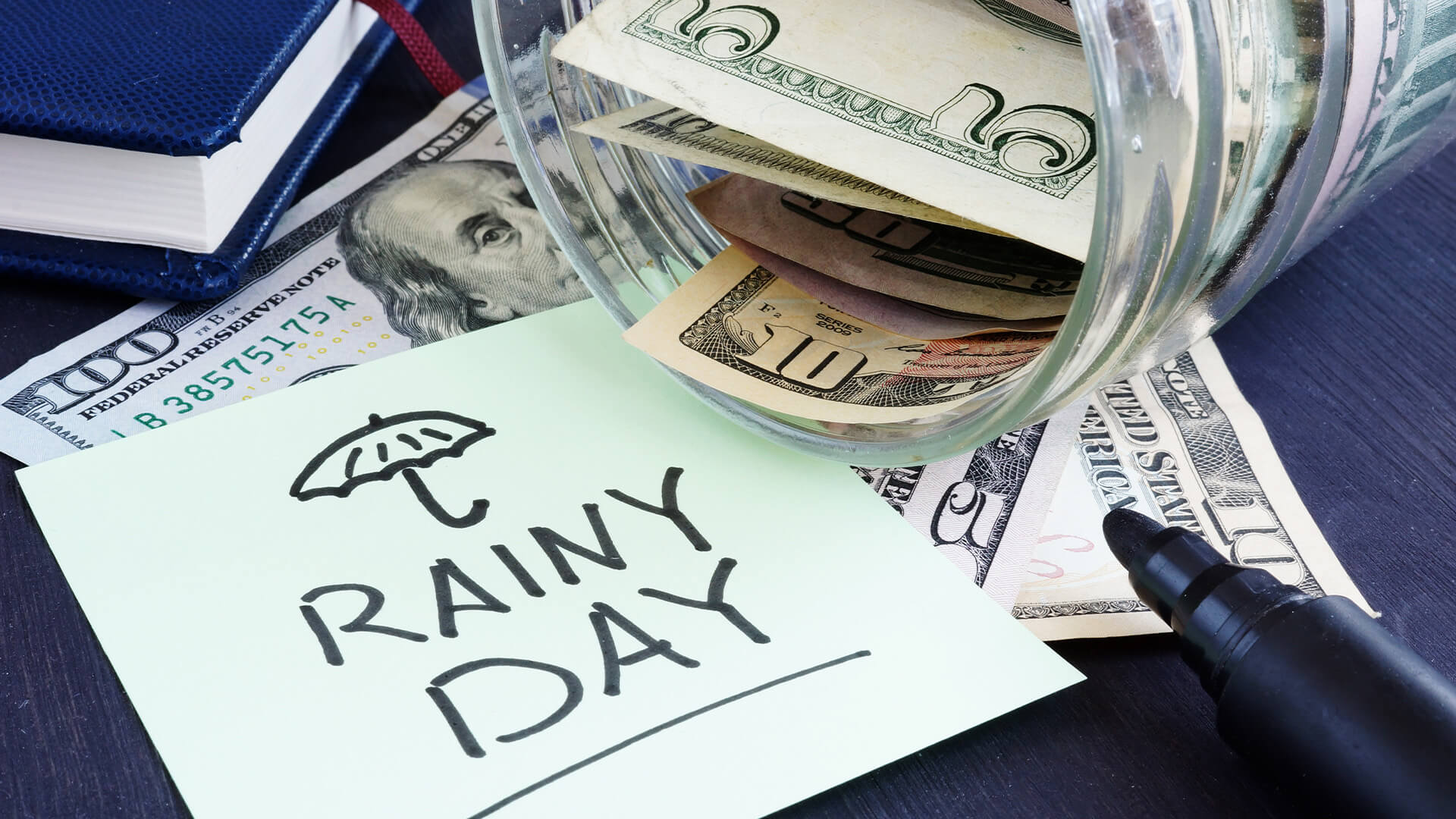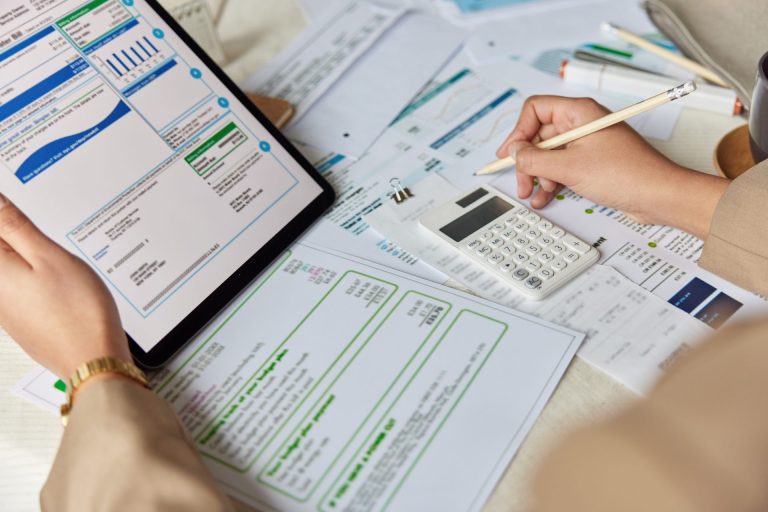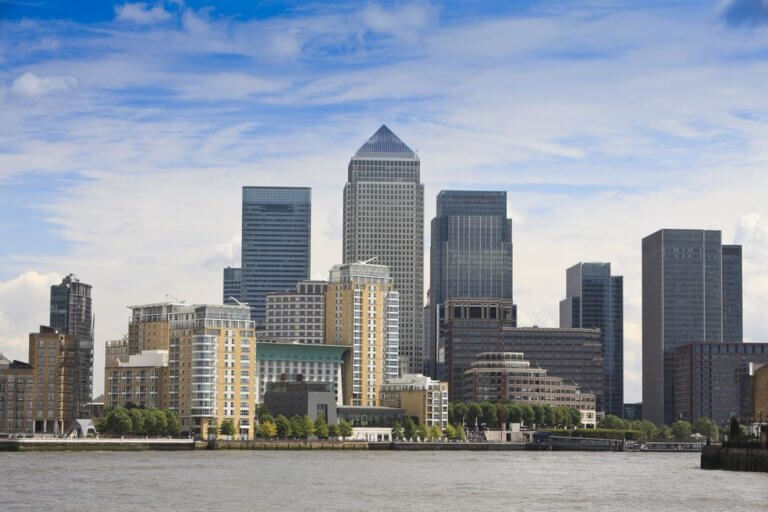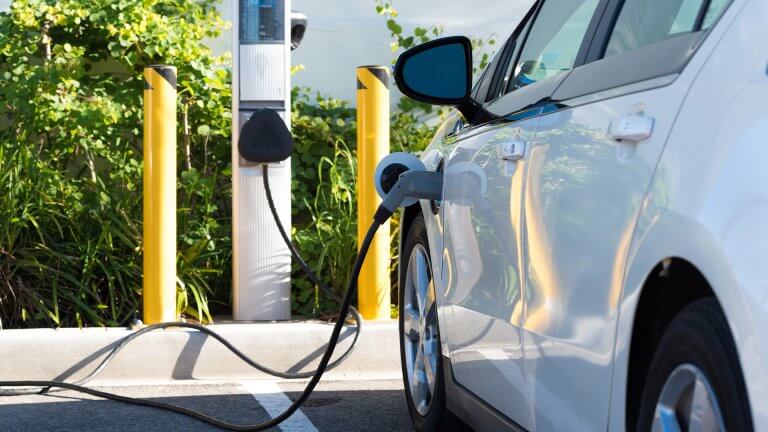
When it comes to our finances, we know all about budgeting for our monthly outgoings. Your rent or mortgage, electricity, gas, council tax, and any other bills you might have are regularly occurring and straightforward to budget for.
What about the unexpected?
We know that sometimes things go wrong, but what if we haven’t budgeted for them? A 2021 study revealed that 19% of us have savings of less than £100, while the number of people who aren’t actively saving has risen from 12% to 21% since 2019.
Why do I need a rainy day fund?
If you drive and you’ve experienced an unexpected fault, such as a tyre puncture or faulty brake pads, you’ll know that the costs can add up quickly. Unexpected expenses can crop up from many areas of our lives, so it makes sense to account for them.
A rainy day fund is smaller than an emergency fund, which is recommended for longer-term financial issues such as a job loss and should consist of three to six months of living expenses. That doesn’t mean that you can’t build up a healthy pot of cash for unexpected costs though – we recommend putting towards your rainy day fund every month.
How much money should I have in my rainy day fund?
A rainy day fund is a safety net in case of unforeseen circumstances, such as a lost or broken phone, tyre punctures on your car, or an emergency boiler repair. How much you save may depend on your personal circumstances – if you drive, it’s sensible to account for the costs of a car breakdown as well as these other common problems. If you don’t drive, you might not need to put as much away.
Having an understanding of the rough cost of these surprise incidents will give you an idea of how much to put away. Making a list of the most likely problems and working out how much they’d cost if they happened is recommended.
For example, gas boiler repairs cost between £150 and £400 on average, so putting away a minimum of £150 will help you cover that cost. If you break your phone screen and you don’t have insurance, you could be looking at a bill of up to £316.44 for the latest iPhone models.
How can I start up my rainy day fund?
Now that you understand the importance of a rainy day fund, let’s look at how you can put one together. Many people find the idea of starting to save overwhelming, especially if you don’t have a lot of money left at the end of the month after your expenses.
If you already have a structured budget and you’re aware of your monthly outgoings, you’ll know how much disposable income is left at the end of the month. This is a good place to start – so if you have £300 a month left over, you might want to put half of that into your rainy day fund, or even £100 a month.
By working out how much you can afford each month, you’ll be able to work out how long it will take to reach your rainy day fund goal. If you’ve worked out that you’d need £1,000 to cover a broken boiler, a smashed phone screen, and car faults, and you put £100 away each month, you’ll hit that target in 10 months. But once you’ve reached that goal, you don’t have to stop contributing – if you can afford to, keep adding to your rainy day fund! You might even be able to finance something that you want, like a new car or a holiday, rather than only accounting for the unexpected.
What if I can’t afford to contribute that much?
For many of us, £100 a month isn’t realistic. In fact, even £25 a month might feel like too much, and that’s okay. There are solutions available to people who find it difficult to put lump sums away, such as apps that round up your spending to the nearest pound, putting that extra money into a savings fund.
Reviewing your current bills to see if there are any savings you can make is also a good idea – especially if there’s no wiggle room in your budget at all. By using price comparison sites, you could get cheaper bills on your gas, electricity, phone, broadband, and more.
It’s unlikely that you’ll have the best deal for all of your monthly outgoings, so this could save you a decent amount of money that you could then put into savings. Searching for better deals on your energy supplies alone could save you up to £350 a year. That’s a lot of money you could be putting into your rainy day fund.
Life contains a lot of unexpected twists and turns, and many of them come in the form of important but unforeseen expenses. There’s an adage that these things always happen at the worst time, and if you don’t have a rainy day fund, they could hit your finances hard. The amount of money in your rainy day fund will depend on your personal circumstances, but if you don’t already have one, now is the time to start saving.























